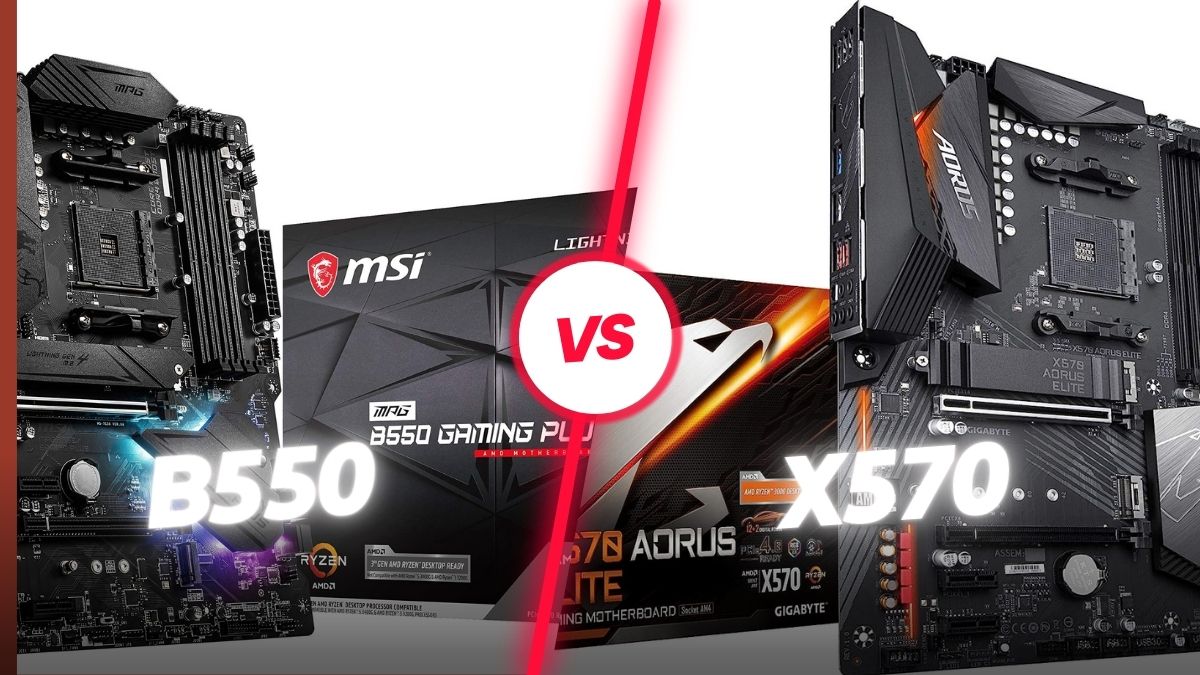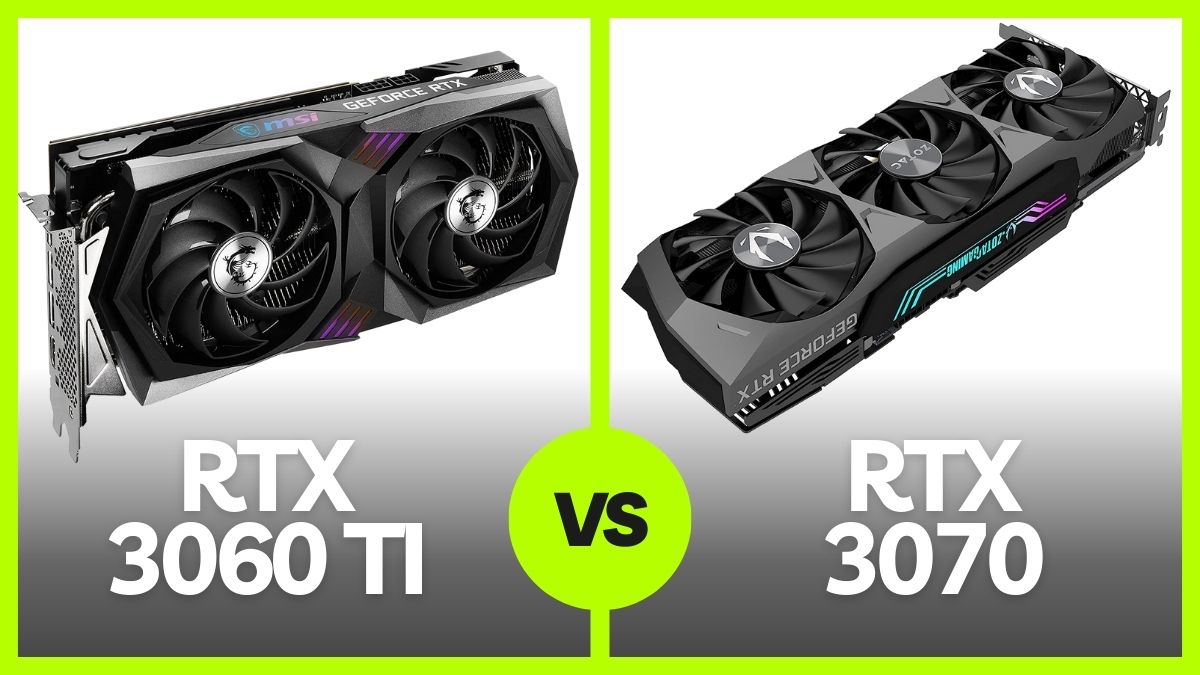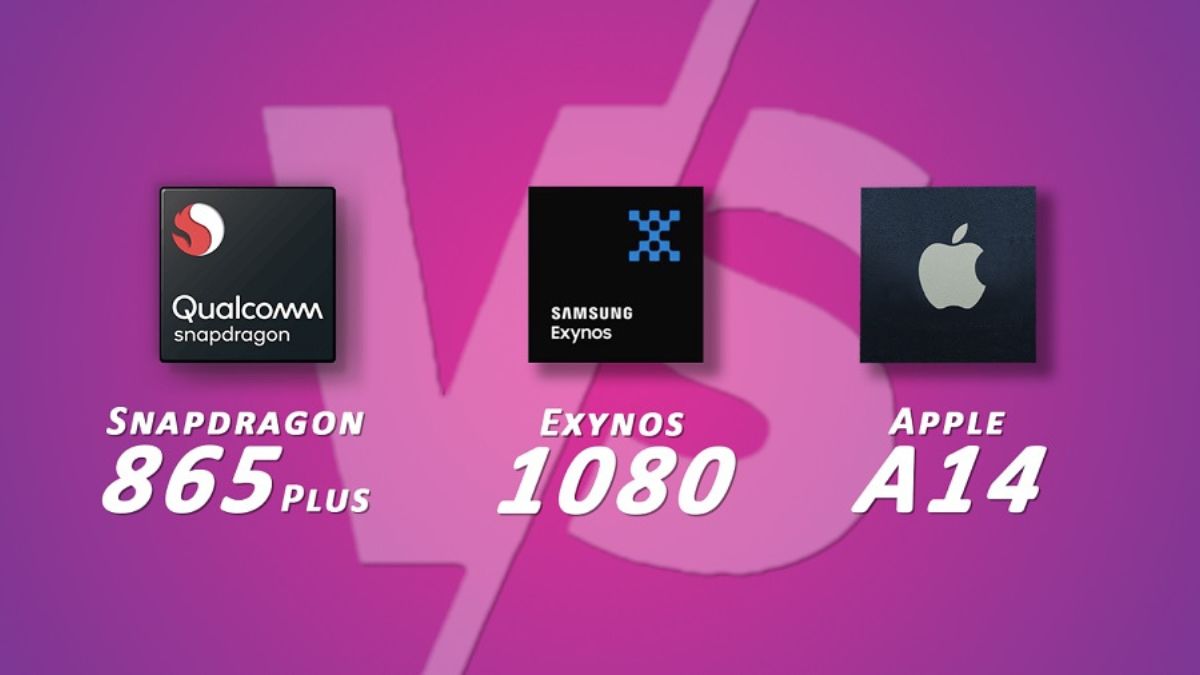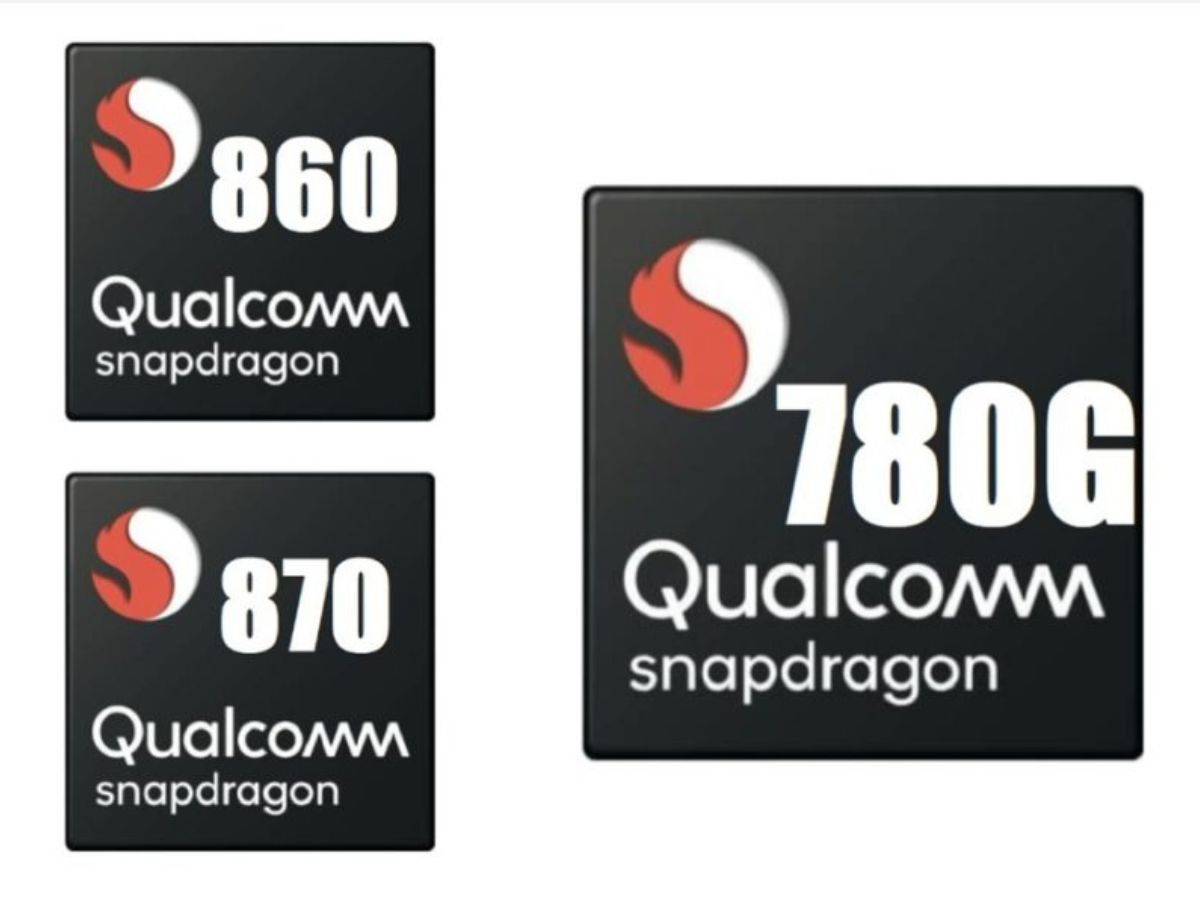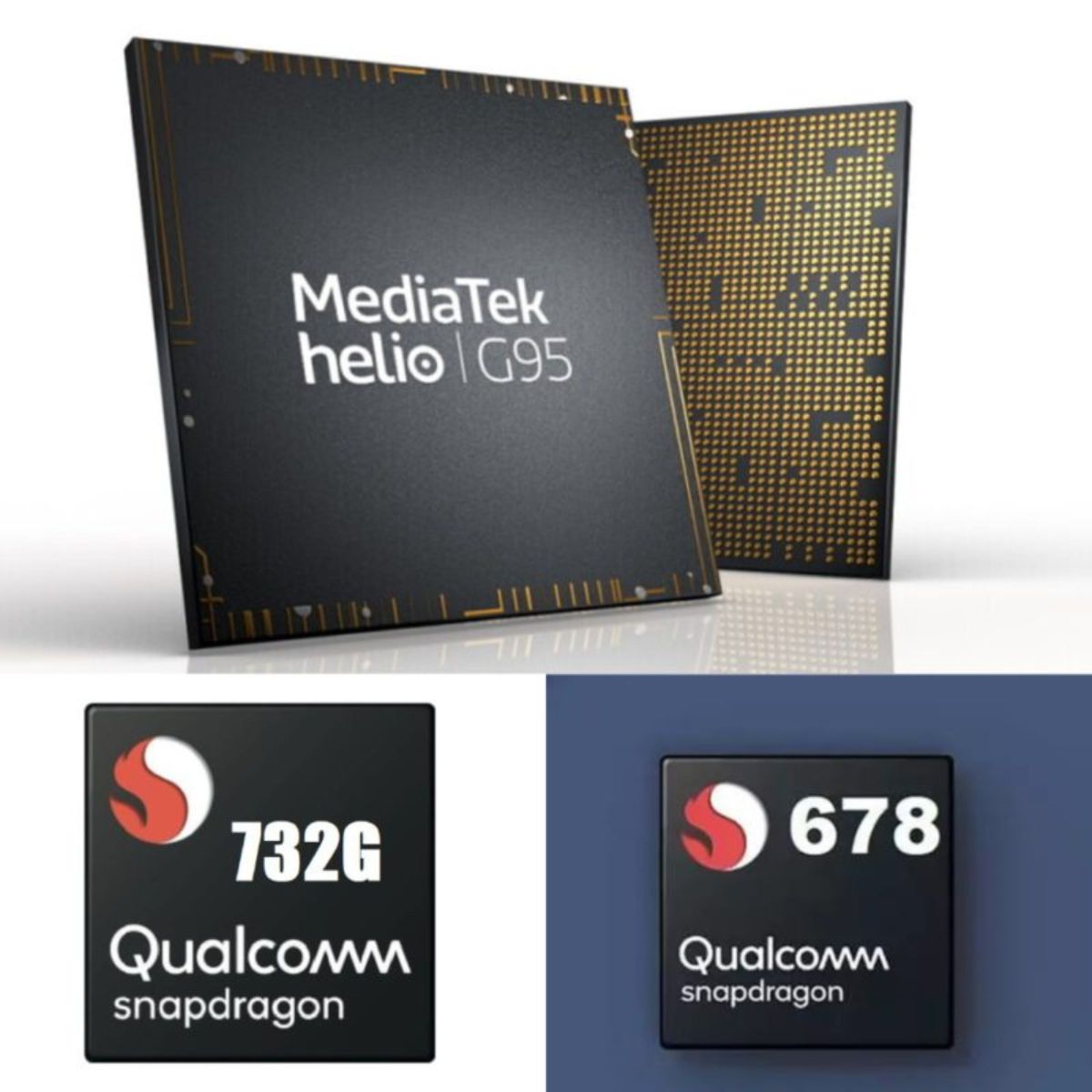
The semiconductor industry is evolving rapidly with the increasing demand for smartphones. As you might be aware, Qualcomm was single-handedly dominating the mobile processing industry. But its arch-rival MediaTek returned strongly with the new range of mid-range processors. MediaTek Helio G95 is one of the most used mid-range chips by the company. On the other hand, Qualcomm introduced the new 700 series last year.
There are plenty of successful chipsets under the 700 series. However, the Snapdragon 720G was specially designed for the Indian market, which supports NavIC, a navigation platform designed by the ISO. Besides that, Xiaomi has recently announced the Redmi Note 10 smartphone that houses the Snapdragon 678 chipset. This article will compare three mid-range chipsets Snapdragon 678 vs. Snapdragon 720G vs. MediaTek Helio G95. Without any further ado, let’s get started!
Snapdragon 678 vs. 720G vs. Helio G95 Full Specifications
| Snapdragon 678 | Snapdragon 720G | MediaTek Helio G95 | |
|---|---|---|---|
| Model Number | SDM678 | SDM720 | MTKG95 |
| Launch Date | December 2020 | January, 2020 | September 2020 |
| CPU | 2x Kryo 460 Gold @2.2 GHz (Cortex-A76) 6x Kryo 460 Silver @2.0 GHz (Cortex-A55) | 2x Kryo 465 Gold @2.3 GHz (Cortex-A76) 6x Kryo 465 Silver @1.8 GHz (Cortex-A55) | 2x Cortex-A76 @2.05 GHz 6x Cortex-A55 @2.0 GHz |
| Cores | Octa-Core | Octa-Core | Octa-Core |
| GPU | Adreno 612 | Adreno 618 | Mali-G76 3EEMC4 |
| Architecture | 11nm | 8nm | 12nm |
| Camera | Spectra 250L ISP Single 25MP MFNR, ZSL @30fps, 48MP, MFNR, 192MP Dual: 16MP + 16MP | Spectra 350L ISP Single 36MP MFNR, ZSL @30fps, 48MP, MFNR, 192MP Dual 22MP + 22MP | Single: 64MP Dual: 24MP + 16MP |
| Display | 2520x1080 pixels FHD+ HDR10 | 3360x1440 pixels QHD+ HDR10 | 2520x1080 pixels FHD+ HDR10+ |
| RAM | 8GB LPDDR4X | 8GB LPDDR4X | 10GB LPDDR4X |
| Modem | Qualcomm X12 LTE D/L Speed: 600Mbps (Cat12) U/L Speed: 150Mbps (Cat13) | Qualcomm X12 LTE D/L Speed: 600Mbps (Cat12) U/L Speed: 150Mbps (Cat13) | D/L Speed: 600Mbps (Cat12) U/L Speed: 150Mbps (Cat13) |
| Antutu | Approx. 2,20,000 points | 2,81,708 points | 2,94,149 points |
| Geekbench | Single-Core: 542 Multi-Core: 1652 | Single-Core: 549 Multi-Core: 1627 | Single-Core: 518 Multi-Core: 1640 |
| NPU (AI) | Hexagon 685 DSP | Hexagon 692 DSP | Da Vinci |
CPU & GPU
The Snapdragon 678 chipset comes with a dual-cluster octa-core CPU. It has two custom Kryo 460 Gold cores @2.2 GHz built on Cortex-A76 and six Kryo 460 Silver cores @2.0 GHz Cortex-A55 architecture. Snapdragon 720G follows a similar pattern with slightly different 2x Kryo 465 Gold @2.3 GHz and 6x Kryo 465 Silver @1.8 GHz. The MediaTek Helio G95 also uses the 2x Cortex-A76 @2.05 GHz, followed by the 6x power-efficient Cortex-A55 @2.0 GHz.
One thing is sure there is no major difference in the core architecture, but the clock speed is different on these three processors. It doesn’t mean the CPU is equally optimized—the real difference stands in the processing. The Snapdragon 720G is built on a highly power-efficient 8nm process, while the Snapdragon 678 uses the 11nm architecture, followed by the Helio G95 with a 12nm processing architecture. It clearly indicates that the Snapdragon 720G comes with great power efficiency and more controlled heat.
Speaking to the graphics, Snapdragon 678 has the Adreno 612 GPU, SDM720 packs Adreno 618, and Helio G95 has Mali-G76 3EEMC4. However, there is no direct comparison between Mali and Adreno, but Adreno is known for better optimizations. Therefore, you can expect better stability on Adreno-powered graphics cards.
Snapdragon 720G being the latest chip, comes with better graphics power compared to Snapdragon 678. Based on the benchmark scores, all three GPUs perform equally well, but real-world performance could be changed depending on the tasks you are performing.
Camera
The smartphone camera is becoming more and more popular as people rely on smartphone optics to capture their daily routines. That is why smartphone OEMs are more focused on camera departments. The Snapdragon 720G supports a 36MP single camera with full-fledged MFNR and ZSL features, which can be extended up to 192MP. For multiple cameras, the MP count has been limited to 22MP + 22MP each.
The Snapdragon 678 chipset snaps up to 25MP MFNR, ZSL @30fps, which can be obviously lengthened to 192MP by reducing some features. It has dual camera support up to 16MP + 16MP. On the other hand, Helio G95 can hold up to 64MP single camera or dual 24MP + 16MP cameras. Apart from megapixels, the Image Signal Processor (ISP) is another important component that plays a major role in image processing.
The Snapdragon 720G brings a Spectra 350L ISP, and the Snapdragon 678 has a Spectra 250L ISP. Both the Qualcomm chipsets support dual ISPs, while Helio G95 has triple ISP support. We can’t judge any camera by just its specifications, but optimizations play a key role in any image’s final output. Overall, all three chipsets provide sufficient camera specifications.
Connectivity & Artificial Intelligence
Before moving further, it will be worth noting that none of these chipsets support 5G, nor can we expect given the budget-centric chipsets. All the necessary connectivity features are provided, such as Bluetooth WiFi and security enhancements.
Both Snapdragon 720G and Snapdragon 678 arrive with a Qualcomm X12 LTE modem, which can offer up to 600Mbps download and 150Mbps upload speed. MediaTek also uses a similar modem without any particular name, which can offer the same internal speed for downloading and uploading.
Moreover, Artificial Intelligence is a ‘need of the hour.’ Without AI, we can’t imagine the future of technology. Both MediaTek and Qualcomm emphasize self-learning AI features. You might have noticed your smartphone become more and more optimized as you use it for a longer horizon. Whether it is a battery or a camera, everything uses AI. All three chipsets come with an integrated Neural Processing Unit (NPU) to handle the AI tasks.
Antutu-Geekbench Benchmark Scores
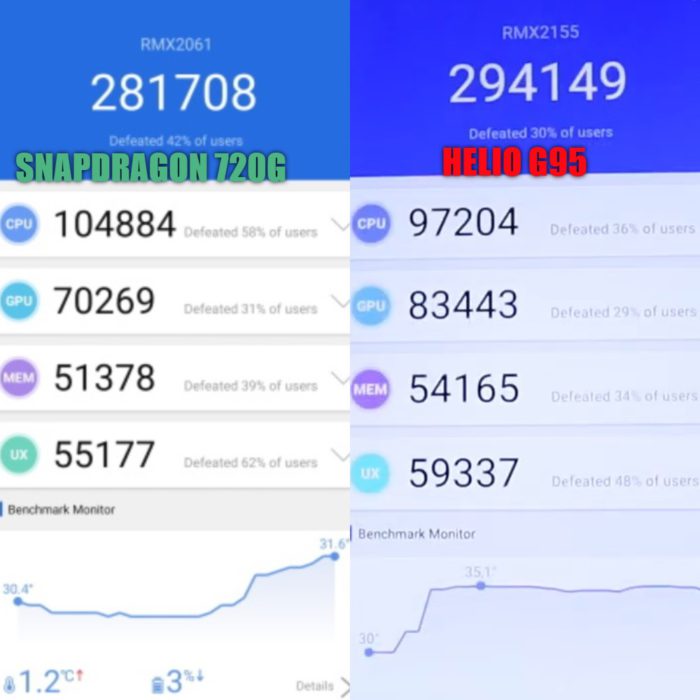
Antutu Scores
Starting with the newly launched Snapdragon 720G, the chipset scores 2,81,708 points in the latest Antutu v8 benchmark test. The test was conducted using the Realme 6 Pro device, which houses the Snapdragon 720G chipset under the hood.
Another Realme device named Realme 7 packs Helio G95 by scoring 2,94,149 in the similar Antutu v8 test. However, we don’t have available Antutu scores for the Snapdragon 678, but looking at the specifications, we can expect similar results similar two the other two.
Geekbench Scores
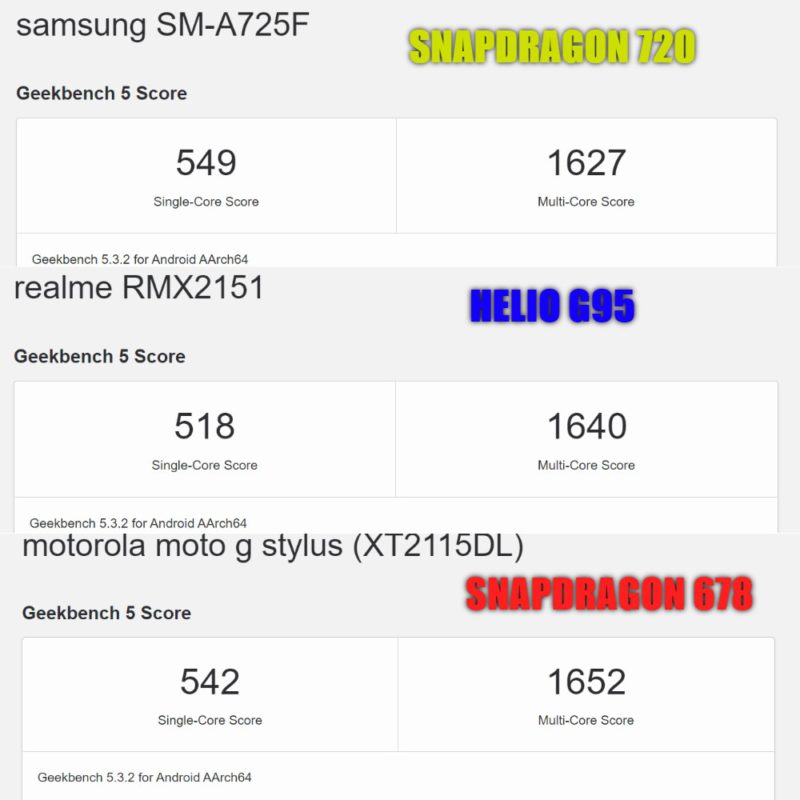
As far as Geekbench scores are concerned, the Samsung Galaxy A72 using the Snapdragon 720G SoC scores 549 points in single-core and 1627 points in multi-core Geekbench 5 results. Realme 7 powered by the Helio G95 brings 518 points in single-core and 1640 points in multi-core. Lastly, there is no device with Snapdragon 678 available in the market.
But leaked allegedly Moto G Stylus (2021) scores give us a fair idea of how this chipset is likely to perform. If we believe in leaked information, the Snapdragon 678 processor scores 542 points in single-core and 1652 points in multi-core results. Overall, all three chipsets are pretty much comparable. They come up with almost identical results in the benchmark test.
Final Conclusion – Which One is Better?
Before concluding, I want to make sure that it is tough to declare the final winner. All three chipsets are designed for different tasks and budget segments. For people looking for a cheaper smartphone, the Helio G95 could be a good option, while for those who can stretch the budget, the Snapdragon 720G is a good option. The Snapdragon 678 is one of the oldest chipsets of all three SoCs, but we haven’t seen any smartphones in the market.
Xiaomi recently came up with the Redmi Note 10, which packs Snapdragon 678. We are still waiting for the retail unit to check out the actual performance of this device. If we compare specs-wise, it is very much comparable to Helio G95. In the meantime, the Snapdragon 720G seems to be the winner in this particular list. It has better power efficiency with an 8nm manufacturing node, while the other specifications seem identical.
Now, it is up to you if you can pay some more money for a better better-optimized chip. Both Helio G95 and Snapdragon 678 seem to be ‘old school,’ while Snapdragon 720G is a refined version. What are your thoughts? Do let us know in the below comment section!



